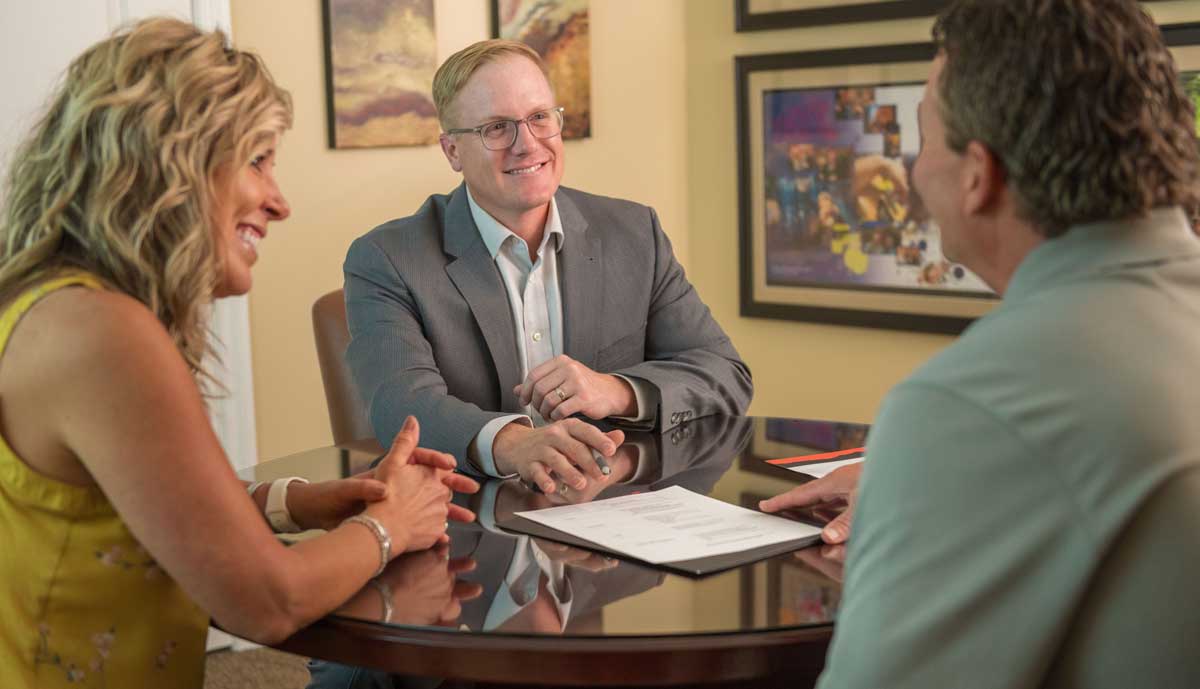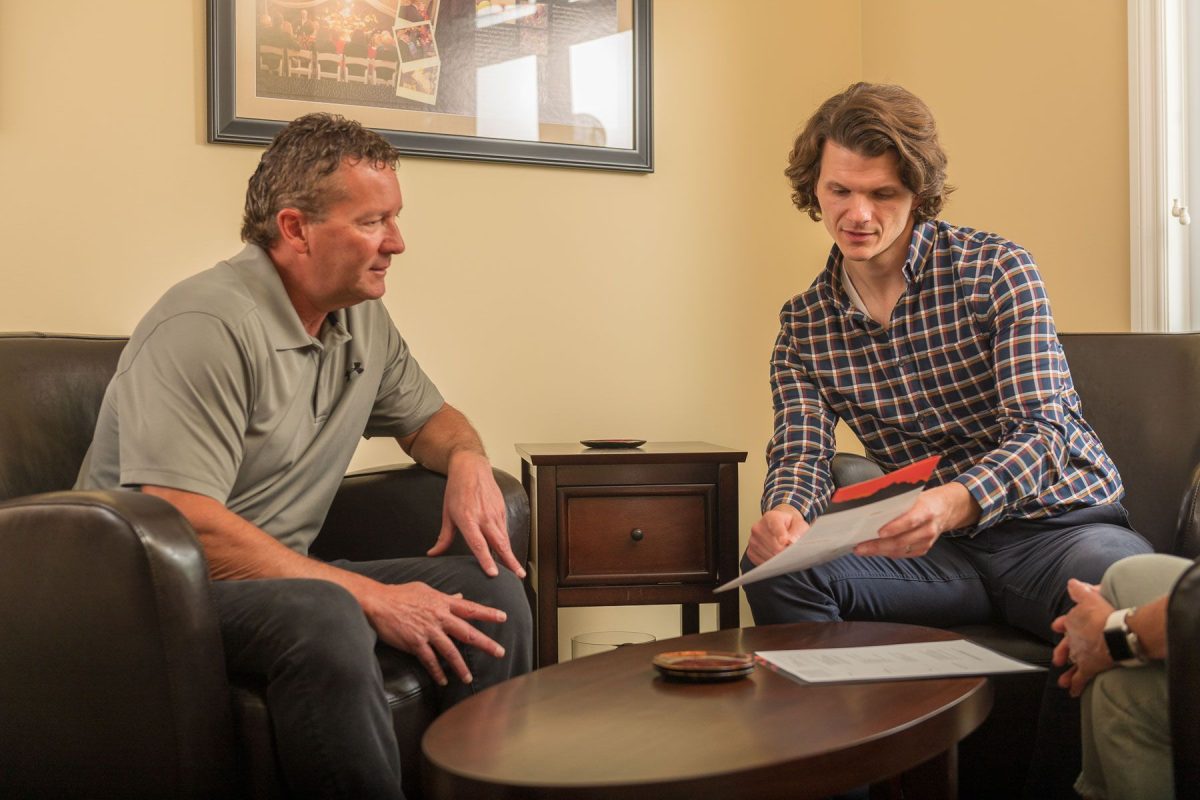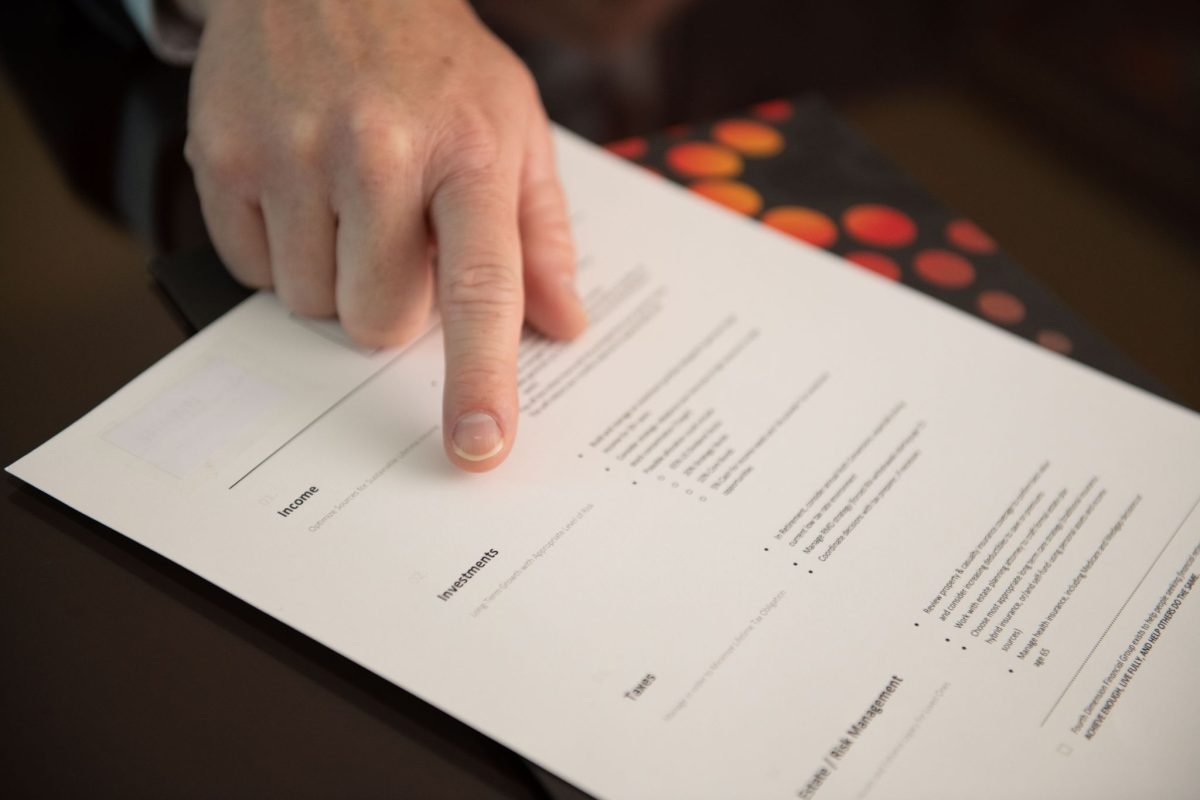As a dad to five girls, I have unending opportunities for life lessons. One of those lessons I’m stubborn to adopt is the fact that I can’t fix it all, nor can I prevent it all. Stuff happens – a lot of it – and I’m either going to lose my mind over it (which I sometimes do) or I’m going to take a deep breath and simply embrace the fact that our life is simply chaos, at least for a span of around 25 years.
Here’s a quick example, almost a cliché really. Evelyn is one of our six year-old twins. I’m eating breakfast and watching out of the corner of my eye as she begins to pour herself some milk for her cereal. As her tiny little arms lift the carton, everything moves to slow-motion as she proceeds to pour four bowls worth of milk into a single bowl. I yell out, she panics, mom steps in to remind us all that we shouldn’t cry over spilled milk. I’m humbled once again.
As I review the stock market’s ups-and-downs and the portfolios of our clients, I’m reminded of the idea of controlling the controllable. That is, sometimes milk is spilled, but over long periods of time, process wins out. Just like consistent morning and bedtime rituals help parents raise healthy, successful children in the midst of seeming kid-chaos, the processes we apply to investment portfolios allow similar long-term growth to win-out when day-to-day experience might suggest otherwise.
As an example, how an investor’s portfolio is constructed – properly diversified – accounts for the vast share of long-term investment performance. Because we have history and Nobel Prize-winning research to draw upon in this field, we apply that research to proper portfolio construction. The man behind this original research is Harry Markowitz. Feel free to Google him to learn more.
Once a portfolio is built, and is congruent to the needs and wishes of its owner, the events of the world will work with and against it to shift the portfolio’s construction to no longer resemble its original design. So what do we do? We rebalance the portfolio to return to its original allocation. The effect of this discipline (it requires discipline because human nature makes us not want to do it) is to effectively sell the parts of the portfolio that have performed best and buy more of what’s performed most poorly. What?! Why would we do that? Doing so is the very essence of successful long-term investing: buying low and selling high. When we do it correctly, we rebalance the portfolio without brains and without emotion.
In addition to the tactics and strategies of proper portfolio design and rebalancing, we also employ tax loss harvesting, specific lot selling, eliminate growth- draining cash from the portfolio, and own incredibly diversified and very low-cost investments. The net effect of all of these approaches applied to a portfolio is the best shot at capturing gains in the markets, while managing risk, over long periods of time. The catch? Unless you make investing your full-time job, you’re likely to neglect much of what is truly good for your wealth. Most of these strategies would go unutilized.
I’m sure I don’t talk enough about all that is going-on behind the scenes of the planning that we do with and for the clients who trust us with their life savings. I often hear people say: “If I wanted to know all of this, I wouldn’t have hired you.” Fair enough, but I’d like to emphasize the fact that we’re doing everything we know to do to employ time-tested, academically rigorous strategies to maximize the long-term benefits to our clients.
While day-to-day world and market events may often look like spilled milk at the breakfast table, know that there are processes at-play that will make the investing experience worthwhile. Now, if I can just convince my daughters that I know a lot of stuff, they may ask for my help and spill less milk. Until then, I’ll try to keep calm and let the cats assist with the cleanup.
As for your investment portfolio, it pays to ensure you’re controlling what you can. Let us know if you have accounts that may not be receiving the attention they deserve.
All the best,
Adam Cufr, RICP®
Recent Articles

Show Your Work: Why Transparency Matters in Retirement Planning

Unlocking the Mystery of Income Taxes

Social Security Strategy: Do You Have One?

Pension Decision: Just One Critical Piece of Information Is Needed to Decide




